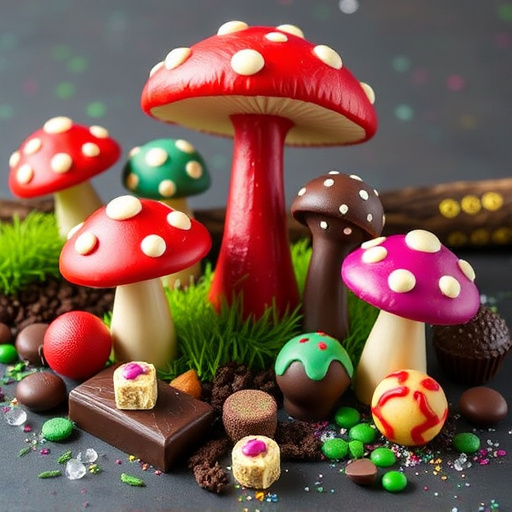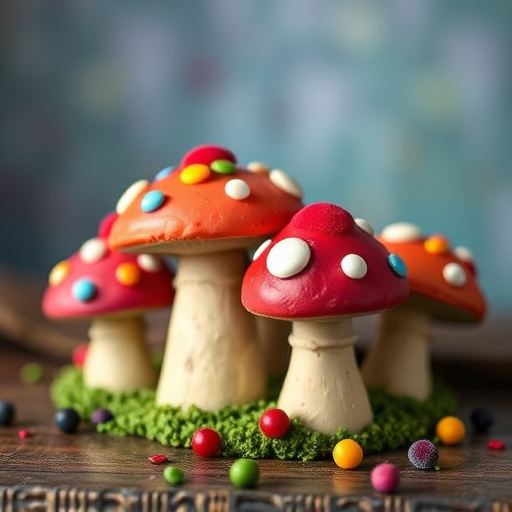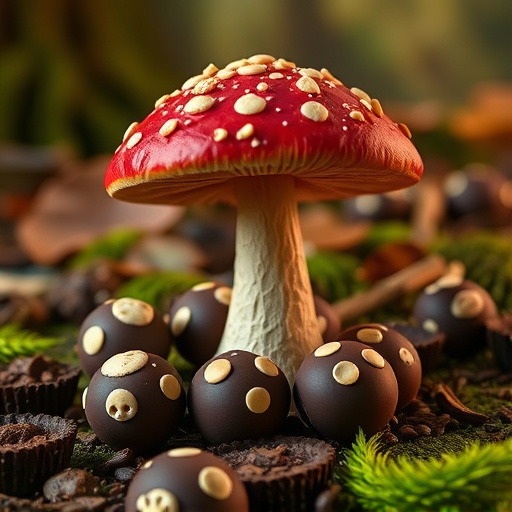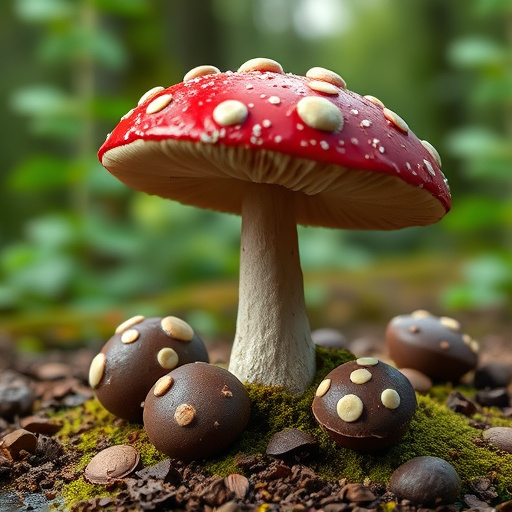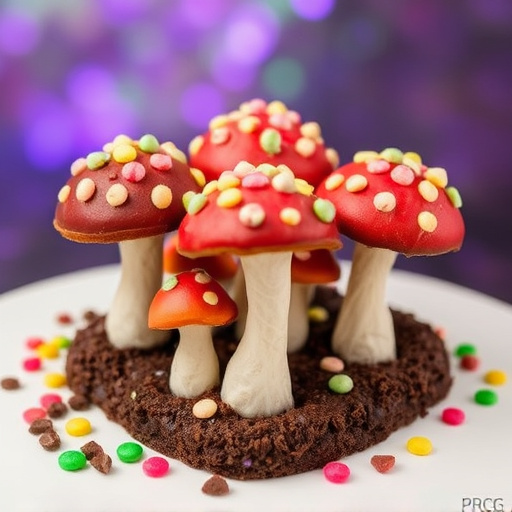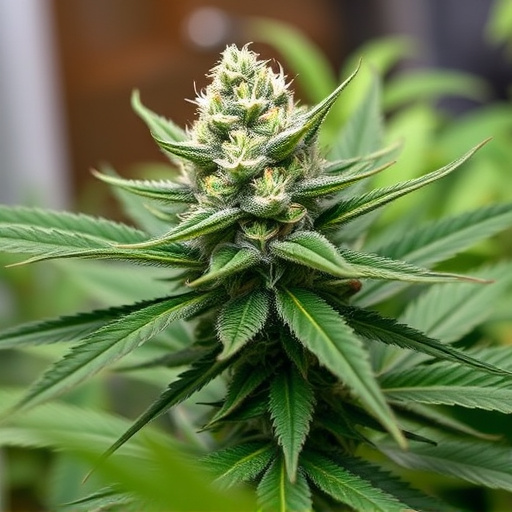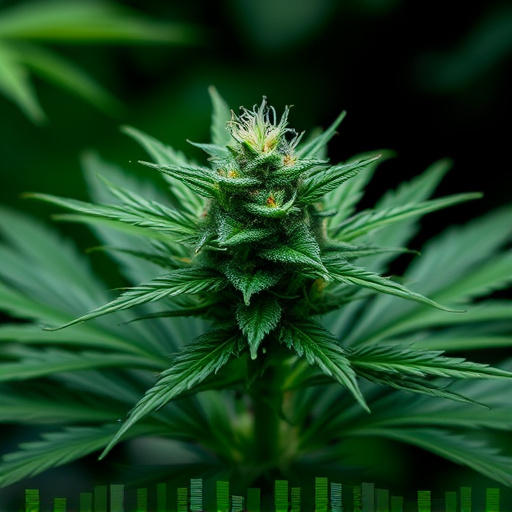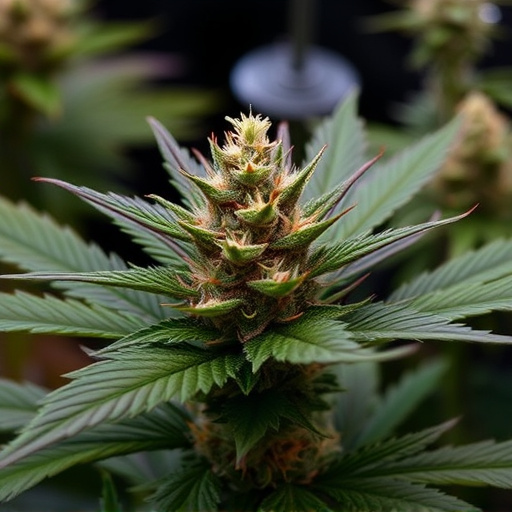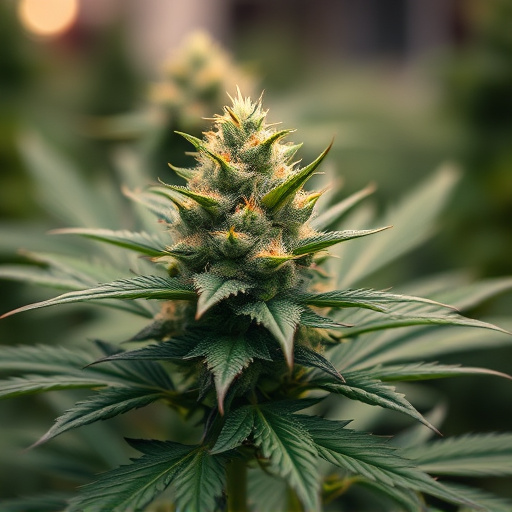The distinctive skunkiness of cannabis is primarily due to its chemical composition, especially cannabinoids THC and CBD, and terpene profiles. High-THC strains tend to be skunkier because of terpenes like myrcene, which has sedative properties. The most potent strains of cannabis often exhibit complex aromas from diverse terpenes, offering therapeutic benefits such as anti-inflammatory and analgesic effects. Terpenes shape the unique cannabis aroma, creating a spectrum from skunky to sweet floral scents based on their combinations.
Cannabis enthusiasts often debate the allure of a skunk-like aroma, a distinctive trait seemingly linked to certain strains. This intrigue prompts an exploration of the factors contributing to this characteristic. Beyond cultivation techniques and environmental nuances, chemical composition plays a pivotal role, particularly the presence of terpenes. In this article, we delve into the science behind cannabis scents, uncovering why some strains smell skunkier than others. From the intricate terpene profiles to breeding practices, we navigate the world of aromatic cannabis, highlighting the most potent strains known for their intense, skunky notes.
- Chemical Composition and Terpene Profile
- – Explanation of terpenes and their role in cannabis aroma
- – How different terpene combinations contribute to skunky versus sweeter scents
Chemical Composition and Terpene Profile

The distinct skunky aroma associated with certain cannabis strains is largely due to their chemical composition and terpene profile. Cannabis plants produce a variety of volatile compounds, but two key elements contribute to the pungent scent—cannabinoids and terpenes. Cannabinoids like tetrahydrocannabinol (THC) and cannabidiol (CBD) are responsible for the plant’s psychoactive effects and can vary in concentration among different strains. However, it’s the terpene profile that often determines a strain’s unique odor characteristics. Terpenes are aromatic compounds that not only give cannabis its smell but also interact with cannabinoids, enhancing or altering their effects.
Among the most potent strains of cannabis, those known for their high THC content may exhibit more pronounced skunky notes due to the increased concentration of terpenes like myrcene, a common terpene linked to sedative and analgesic properties. Other potent strains might rely on a blend of diverse terpenes, creating complex aromas that can range from citrusy and floral to spicy and earthy, all while retaining the signature skunkiness.
– Explanation of terpenes and their role in cannabis aroma
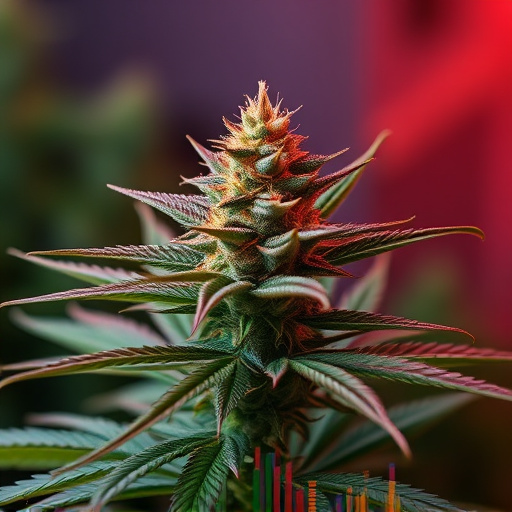
Cannabis gets its unique and diverse aromas from terpenes, which are aromatic compounds naturally present in many plants, including cannabis. Terpenes play a crucial role in shaping the scent and flavor profile of different strains, with some varieties possessing more pronounced skunky notes than others. These organic compounds not only contribute to the distinctive smells we associate with cannabis but also offer potential therapeutic benefits.
In the world of cannabis, certain terpenes are linked to specific effects. For instance, myrcene, a common terpene in many strains, is known for its earthy and musky scent, often described as skunky. It’s not just about the smell; myrcene has also been studied for its potential anti-inflammatory and analgesic properties, making it one of the most sought-after terpenes in the most potent strains of cannabis. Other terpenes like limonene and linalool offer citrusy and floral aromas, respectively, and are appreciated for their uplifting and relaxing effects, adding to the complexity and appeal of various cannabis varieties.
– How different terpene combinations contribute to skunky versus sweeter scents

The distinctive aroma of cannabis is largely influenced by terpene profiles, which are aromatic compounds naturally present in the plant. Different terpene combinations contribute to the variety of scents we experience—from skunky and pungent to sweet and floral. Strains known for their skunkier notes often contain higher levels of myrcene, a common terpene linked to earthy and musky aromas. Myrcene is one of the most abundant terpenes in cannabis and plays a significant role in giving certain strains their characteristic skunky smell.
Additionally, limonene, known for its fresh, citrusy scent, can balance out myrcene’s pungent notes, creating a more complex and nuanced profile. Conversely, sweeter scents are often attributed to terpenes like linalool and terpinolene, which offer floral and fruity aromas. These terpene combinations contribute to the diverse range of smells we associate with different cannabis strains, including the most potent varieties sought by enthusiasts.
Cannabis enthusiasts often seek out the most potent strains, but the unique scent profile is equally important. The chemical composition, particularly terpene profiles, plays a pivotal role in determining whether a strain smells skunkier or sweeter. Understanding these natural compounds allows consumers to choose varieties that align with their preferences, from the pungent to the pleasant. By exploring the diverse terpene combinations, one can truly appreciate the intricate aromas offered by different cannabis strains.


